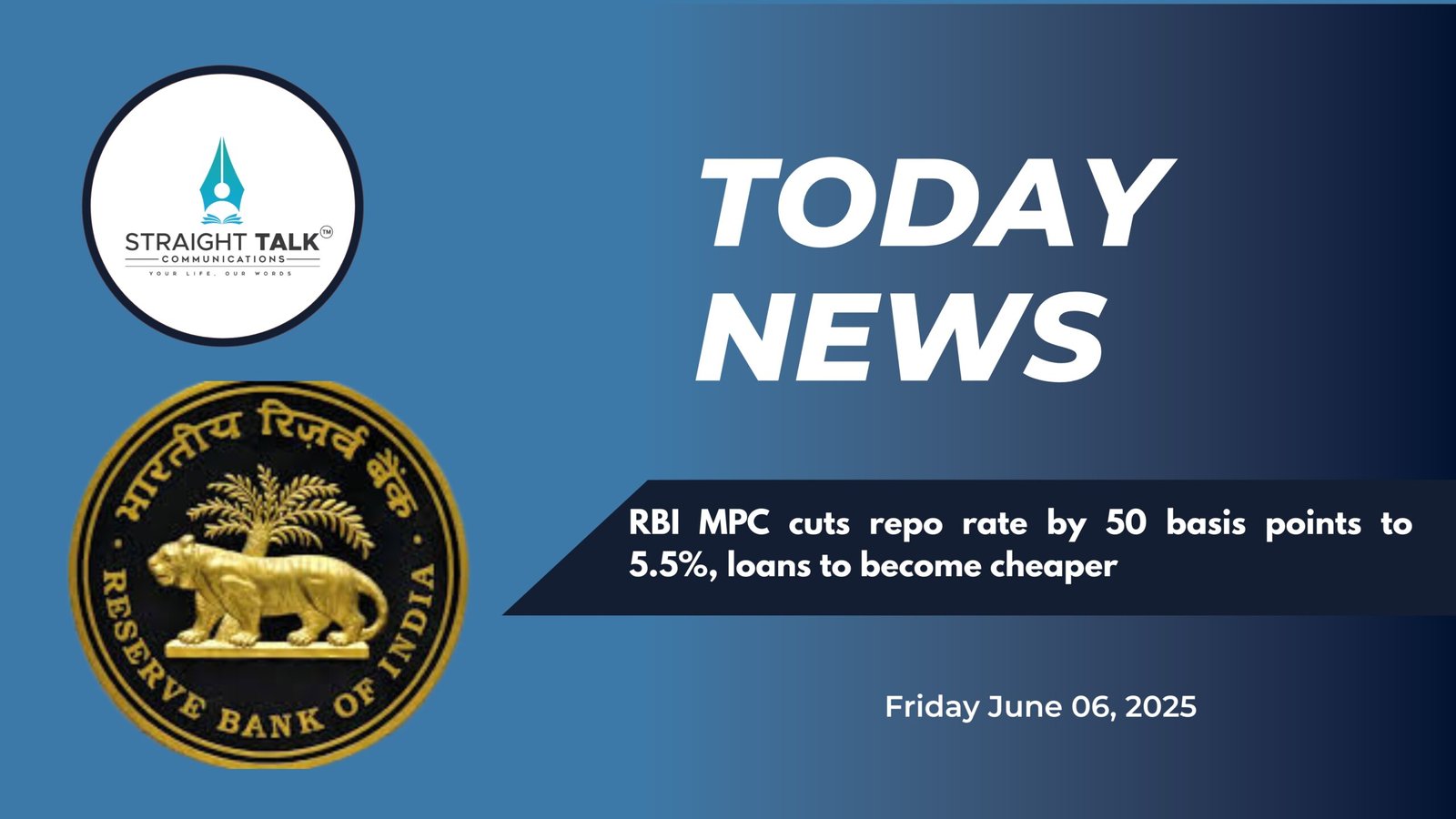Why Kashmir’s Roads Are Turning Into Death Traps

The author has analysed the reasons behind startling surge in accidents across the Kashmir Valley. While leveraging his foreign experience he has suggested several measures to observer discipline on Kashmir roads.
Syed Sajid Kirmani
The number of road accidents in Jammu and Kashmir has been steadily rising, and with it, the loss of innocent lives. From busy urban streets to quiet rural highways, danger lurks everywhere on Kashmir’s roads.
What’s worse? These accidents often involve young people—many of them teenagers who haven’t even reached legal driving age. Bikers without helmets, speeding cars, overloaded vehicles—it’s a terrifying cocktail of negligence, ignorance, and apathy. Kashmir’s unique terrain adds to the danger. Curvy roads, steep valleys, unpredictable weather—all demand careful driving. But sadly, careful driving seems to be the last thing on people’s minds.
This isn’t just a transportation issue—it’s a public health crisis. Road traffic accidents have become one of the top killers in the region, and unless urgent steps are taken, the situation will spiral further out of control.
Reckless Driving, Overspeeding & Underage Riders:
Reckless driving is no longer an exception in Kashmir—it’s the norm. Overspeeding is rampant. Drivers race down narrow roads like they’re on a Formula 1 track, often ignoring the most basic safety precautions. Underage riders are everywhere, zooming past on bikes without helmets or licenses. It’s not just a law violation—it’s a ticking time bomb.
What makes it worse is the lack of fear. There’s no respect for the rules because there’s no consequence. You’ll often find teenagers joyriding with music blasting, overtaking on blind curves, and performing stunts in crowded areas. Their influencers? Social media and a culture that romanticizes rebellion but ignores responsibility.
And let’s not forget the taxi drivers and bus operators who overload their vehicles and drive recklessly to meet their daily targets. Passengers are crammed in like sardines, with drivers often under the influence of stress, fatigue—or worse, substances.
The roads are not just poorly managed—they’re lawless zones. Everyone is in a hurry, but nobody is accountable. Recklessness is rewarded, and responsibility is ridiculed.
The Real Culprit – Broken Licensing and No Accountability
Let’s dig into the root of the problem—how are so many untrained, irresponsible people even getting behind the wheel in the first place? The answer lies in a broken licensing system that doesn’t emphasize skill or safety. In many cases, driving licenses are issued without proper testing. There’s barely any verification, and some licenses are allegedly issued through bribes or influence.
You’d think a driver needs to demonstrate actual competence before being allowed on the road, right? Wrong. The system is so flawed that passing a theoretical test or even showing up at the RTO (Regional Transport Office) becomes optional for some. The focus isn’t on training or awareness—it’s on ticking boxes.
Even worse, there’s no monitoring system once the license is issued. A driver can violate rules dozens of times and still hold a valid license. No points, no warnings, no cancellations. It’s like giving someone a weapon with no safety lock.
If we don’t fix the licensing problem at its root, we’re just adding more unqualified drivers to an already dangerous mix. It’s like giving matches to a pyromaniac and hoping he won’t burn the house down.
How the System Encourages Repeat Offenders
Let’s be real: ₹500 fines aren’t changing anyone’s behavior. When someone is caught without a helmet or for overspeeding, they pay the challan and go right back to doing the same thing. Why? Because there’s no real consequence beyond that slap-on-the-wrist penalty.
In fact, many habitual violators treat traffic fines like parking tickets. It’s just a cost of doing business to them. They know the enforcement is weak and irregular. There are no cameras, no automated systems, and hardly any follow-up. If they’re stopped again, they’ll just pay again—or argue their way out of it.
There’s no point-based system to track violations. In developed countries, drivers accumulate points for each violation, and if they hit a threshold, their license is suspended. Not in Kashmir. You could break traffic laws a hundred times and still be on the road like nothing ever happened.
This breeds arrogance. Drivers believe they’re untouchable. And in a way, they are—because there’s no system in place to touch them.
The Smart City Mirage – Where Are the Results?
You may have noticed a sudden burst of new signboards across the city under the “Smart City” banner. Fancy digital signs, glossy poles, and electronic boards popping up like mushrooms after rain. But what do they really achieve?
Nothing.
These signboards are like decorations at a wedding—they look good, but they don’t serve much purpose. What we actually need are working speed cameras, red-light cameras, and functional traffic lights. But instead, we get form over function.
It’s the illusion of progress. While crores are spent on signs and cosmetic upgrades, the core issues—like automated surveillance, traffic signal synchronization, and AI-based violator tracking—are ignored. Many traffic lights don’t work. Others blink randomly. And forget about smart surveillance—there’s barely any real-time monitoring happening anywhere.
The irony? The signboards ask people to follow rules, but the system doesn’t enforce any.
Why Fines and Challans Are a Joke Today
₹500 Fines Don’t Deter, They Enable
Let’s talk about the most common form of enforcement on Kashmir’s roads—traffic challans. You’re riding without a helmet? ₹500. Overspeeding? ₹1000 if you get caught. But here’s the truth: these fines are just not scary enough to stop anyone.
Think about it—a person spends ₹70,000 on a bike, maybe ₹5,000 on accessories and modifications, but refuses to wear a ₹1,000 helmet. Why? Because the risk of getting caught is low, and the fine isn’t high enough to hurt. Even if they do get fined, they brush it off and repeat the offense. There’s no real loss, no system that tracks how many times someone has been caught.
That’s the real issue—repeated violations go unchecked. Someone who’s been fined ten times can still legally drive around. There’s no database that alerts authorities or triggers stricter action. It’s like punishing a kid by taking away one candy, then handing them the whole jar again the next day.
No Point System Means No Real Consequences
Most modern countries follow a “point-based driving license system.” You get points for every violation. Minor offenses earn fewer points; serious ones more. Once you hit a certain threshold, your license is suspended—or permanently revoked. This system holds people accountable, discourages repeat offenses, and ensures only responsible drivers stay on the road.
But in Kashmir, such a system is non-existent. Whether you violate a traffic rule once or a hundred times, you face the same outcome—maybe a challan, maybe nothing. This is what makes it so easy for people to keep breaking the law.
The point system isn’t just about punishment—it’s about building a habit of caution. When drivers know they’re one step closer to losing their license with every mistake, they start being careful. That psychological pressure alone can prevent countless accidents.
Political Influence, Lack of Digital Enforcement Adds to Chaos
Another hard truth? Many violators escape action because of connections. There are stories of people flashing political contacts or using influence to waive off challans, reclaim confiscated vehicles, or avoid license suspension. This undermines whatever little enforcement there is and builds a culture of entitlement.
Add to that the near-absence of digital enforcement. In metro cities, traffic violations are caught on camera and fines are issued automatically. In Kashmir, most of it depends on manual checks—police on the road with notebooks. That leaves huge gaps for violators to slip through.
And let’s not forget the lack of coordination between different enforcement bodies. Local police, traffic police, municipal authorities—all seem to be working in silos, which leads to confusion and zero consistency in penalties.
Europe and Australia’s Point-Based License System
Let’s shift our view from Kashmir’s broken roads to places where road safety actually works. In countries like Germany, Australia, and the UK, driving is not a privilege—it’s a responsibility, and that responsibility is enforced seriously.
Take Germany’s “Flensburg Point System” for example. Every traffic offense carries a specific number of points. Accumulate too many, and your license is suspended or permanently revoked. The best part? The system is digital and automated—no bribes, no human error.
In Australia, even a minor offense adds demerit points. And if you’re a new driver, you’re allowed fewer points before suspension. That makes new drivers extra cautious and ensures they grow into responsible ones.
The point is simple—when drivers know they’re being watched and every mistake counts against them, they behave better.
Graduated Licensing and Psychological Evaluations
Some countries go a step further. Instead of giving out full licenses right away, they have a graduated system. You start with a learner’s license, then a probationary one, and only after proving yourself over time do you get a permanent license.
Psychological evaluations are also mandatory in many regions. Authorities test whether an individual is mentally and emotionally fit to drive. If someone’s found to be too aggressive, impulsive, or prone to road rage—they’re not allowed to drive. Compare that to Kashmir, where licenses are handed out without much scrutiny, and you see why the roads are so unsafe.
Real-Time Speed & Helmet Monitoring Through AI Tech
Modern cities use technology to enforce discipline. High-definition cameras powered by AI track vehicles in real time. They detect if someone is overspeeding, riding without a helmet, or violating a red light. These systems don’t depend on human eyes—they’re more accurate, faster, and impartial.
The moment a rule is broken, the violator receives a fine notification. If points accumulate, the system triggers license suspension automatically. This system removes excuses, favoritism, and corruption. It’s purely based on data.
Kashmir desperately needs this kind of infrastructure. Without it, even the best rules on paper are meaningless.
What Kashmir Needs – A Real Traffic Reform Roadmap
It’s time to stop pretending and start acting. The first major reform Kashmir needs is a point-based licensing system. Every offense—from not wearing a helmet to overspeeding—should carry points. Once a driver hits a certain number, their license should be suspended for a defined period. Repeat the mistake? Cancel it permanently.
There should also be a public database that lets insurance companies, car rental services, and law enforcement view a person’s violation history. This level of transparency creates pressure to drive responsibly.
A structured point system not only punishes repeat offenders but also encourages good driving. Points can even expire over time for those who maintain a clean record, giving people an incentive to improve.
Strict Driving Tests & License Revocation for Repeat Violators
The current process of issuing licenses must be completely reformed. Instead of “just show up” testing, driving tests should include skill evaluation, hazard perception, reaction time analysis, and basic road rules knowledge.
Anyone applying for a license should undergo psychological evaluation and, if found unfit, denied the privilege to drive. For underage drivers, their parents should be held responsible—because allowing a child to drive is the same as handing them a loaded gun.
Repeat offenders must be banned from driving for life, especially those who cause fatalities due to reckless driving. No more second chances for people who kill.
(Syed Sajid Kirmani
M.Sc Civil Engineering – Bauhaus University Weimar, Germany. He is also a fitness Trainer – ISSA,NESTA)







